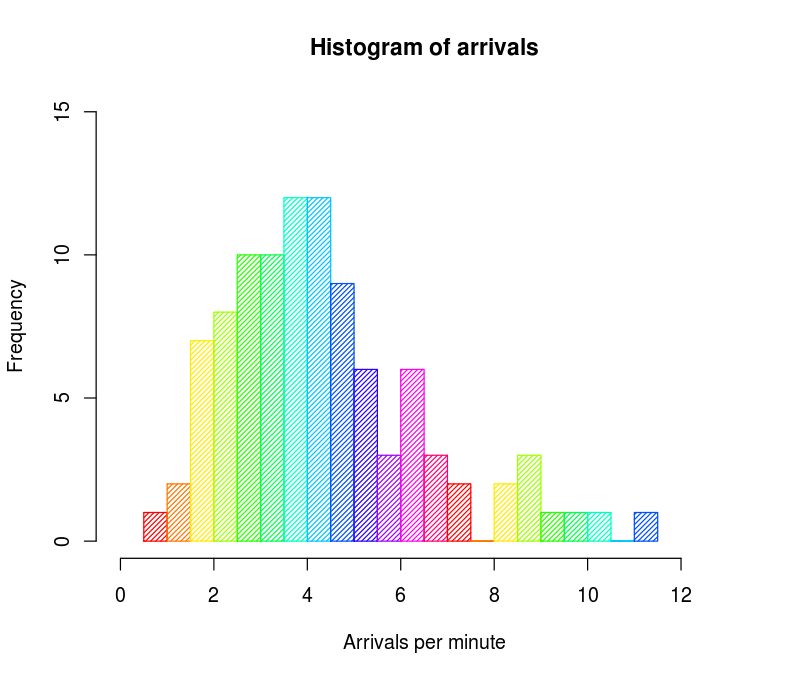NOTE: the intervals in the chart are different from the ones we used in the example, but it is still what your average histogram may look like.
If one of the sides is much higher or lower than expected in the normal bell-shaped curve, you can identify the production problem – that is, whether you are underestimating or overestimating the average cookie size, and more importantly, how frequently this problem occurs.
Why Histograms for Data Analysis?
Histograms are great because they don’t just point out the “deviations” or “outliers” in datasets, they also show the frequency of those deviations.
In other words, if your histogram is skewing to the right or the left when you have not set it up that way, that could mean that there is a surprise factor that is causing more deviations than normally expected.
Benefits of using histograms in manufacturing
The manufacturing industry often depends on the revelations from histogram charts. This is because large industrial plants often have many active elements at play and it is difficult to see exactly where suboptimal performance is occurring.
If a factory produces an immense volume of items with millimeter-precision measurements, it can be difficult to find areas which can be continuously improved.
A histogram chart can easily identify if there’s one machine among dozens that is error-prone or set up erroneously. This makes it an invaluable tool of quality when producing at scale.
A Histogram is NOT a Bar Chart
They may look similar, but histograms and bar charts are not the same in data analysis. The easiest way to remind yourself of this discrepancy is this:
- A bar chart represents categorical variables for discretely measured things
- A histogram represents continuous data, or the frequency (or density) of variables
A histogram does not necessarily have to have equally sized “buckets” that the data is sorted into. This, however, is a more complicated detail that is best understood by analytical software or a skilled data analyst.









